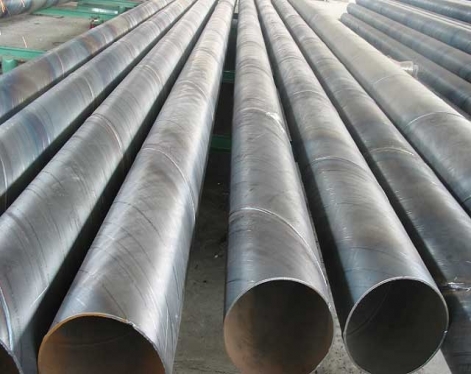
Submerged arc welded steel pipe (LSAW pipe or SSAW pipe) weld surface indentation refers to a weld defect in which the weld surface is partially lower than the normal surface of the weld, and is a common weld surface defect in submerged arc welding. In the production of submerged arc welded steel pipes, the weld seam is usually relatively long. Especially in the production of one-step spiral submerged arc welded steel pipes, it is often the case that thousands of meters of submerged arc welds are welded at one time, so it is relatively easy to produce pits on the surface of the weld.
Read more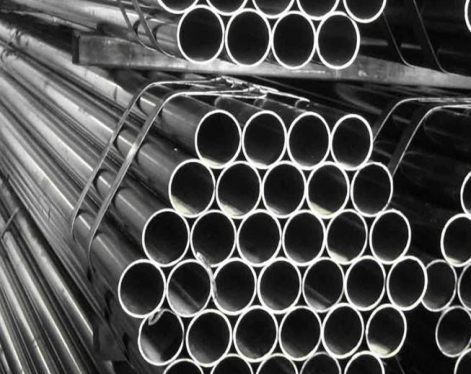
On-line normalization of steel pipes (seamless pipes or welded pipes) is a new process developed in recent years. From the perspective of metallurgy, it is a heat treatment process, that is, deformation normalizing. It is to cool the steel pipe after continuous rolling to below the recrystallization temperature on a small cooling bed, and then enter the reheating furnace.
Read more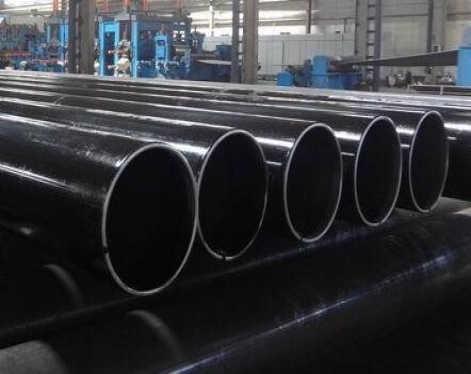
The selection of equipment for the steel pipe heat treatment production line should be based on the product outline, that is to say, the appropriate equipment should be selected according to the type of steel pipe (seamless pipe or welded pipe), specification, output, etc.
Read more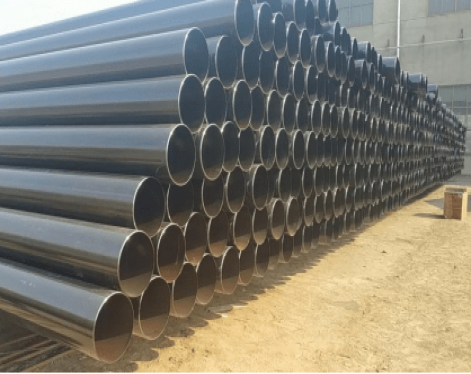
During the welding process, if the interlayer temperature is too high, the grains will be elongated and t8/5 will be increased. It cannot be normalized during on-site welding, and the original strength and toughness of the steel pipe will be lost. Therefore, the interlayer temperature must be strictly controlled during the welding process to prevent grain elongation.
Read more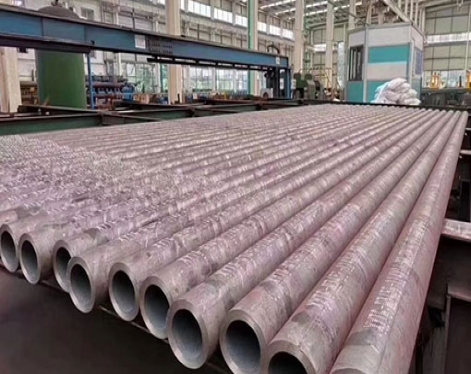
Lamellar tearing usually occurs in the welding of thick-walled seamless pipes. The main reason is that the MnS inclusions in the steel pipe develop into cracks and then tear under the tensile stress perpendicular to the plate surface, resulting in low plastic failure of the structure.
Read more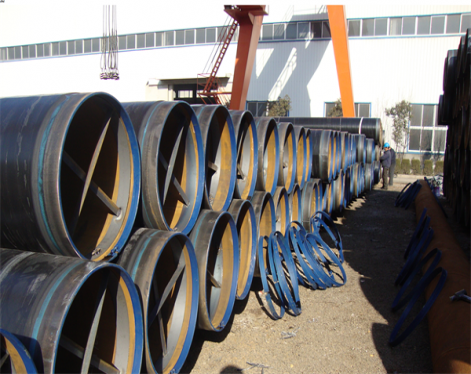
Submerged arc welded straight seam steel pipe (LSAW pipe) is a kind of steel pipe used in oil and gas pipelines with large consumption and high reliability. The forming unit forms include UOE, RBE, JCOE, etc.
Read more